Decorating & Design
July 14, 2020
Designer Laura Hodges Shares Her Sustainable Design Secrets
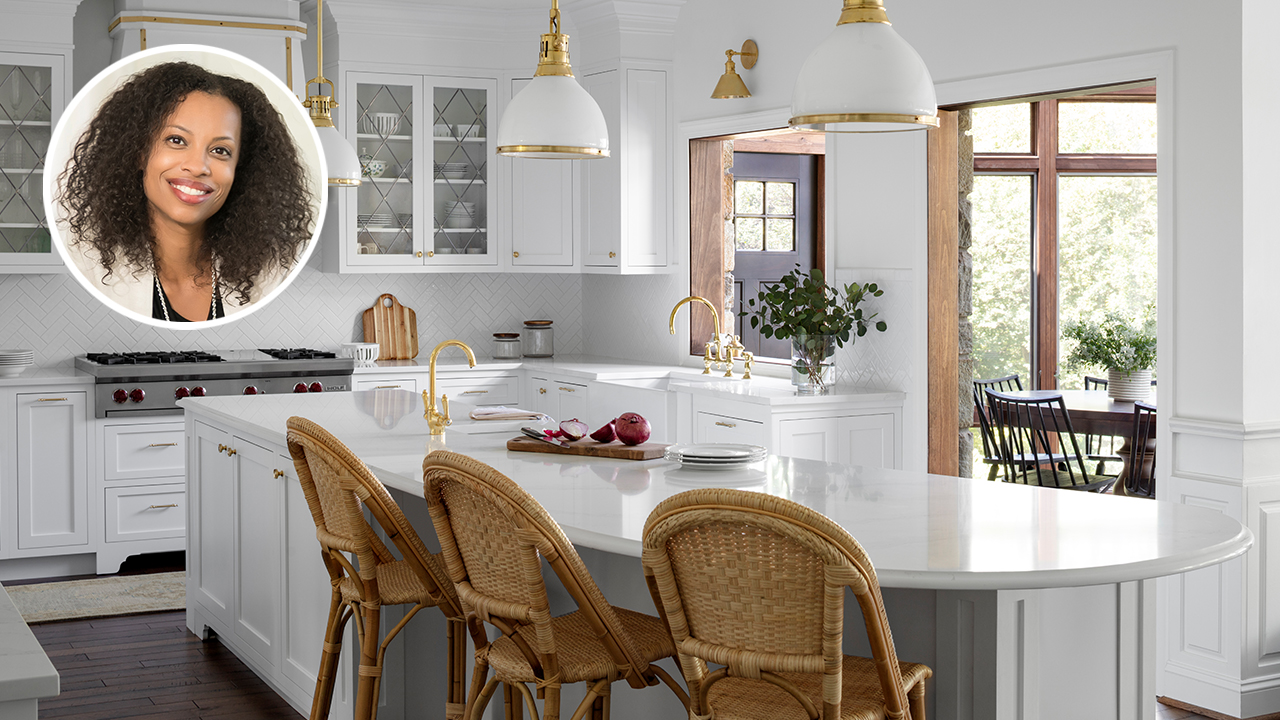
Sustainability is one of our biggest design trends for 2020 — one that we hope will evolve into a new standard. Designer Laura Hodges knows the importance of creating spaces that put the environment first. She got her degree from the New York School of Interior Design and LEED accreditation for practicing sustainable design. Even her homeware brand, Domain, sells a variety of fair trade decor. “To me, sustainability means considering the social and environmental impact of our daily choices and taking responsibility for our role in environmental preservation for future generations,” says Laura. We recently caught up with the eco-friendly designer and asked her to break down all of the sustainable elements in her interiors. Scroll down to learn more!
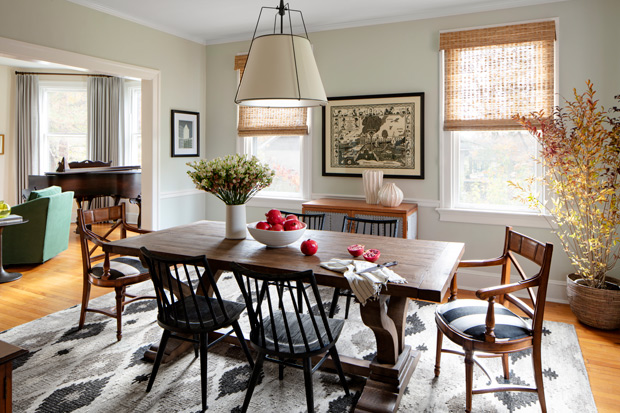
In this farmhouse-inspired dining room, Laura used low-VOC paint (read: less harsh chemicals) for better indoor air quality, plus chose a biodegradable and recyclable wool rug and reupholstered vintage chairs.
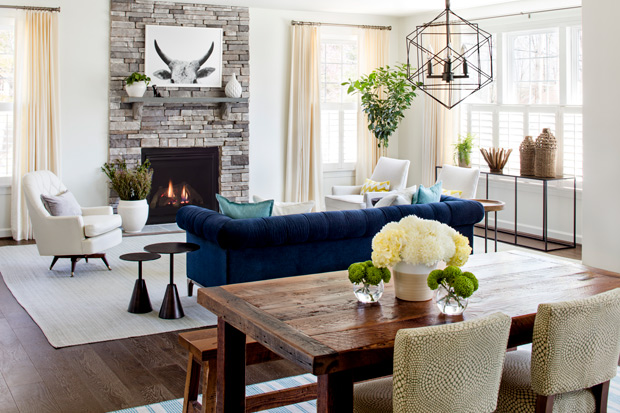
Would you believe that this living room’s rug is made from recycled plastic water bottles? “When making purchases, check the source of the raw materials,” she says. “Whether it’s rapidly renewable or responsibly-forested woods, organic fabrics, fair trade rugs and carpets or recycled content, the materials matter and our purchases send a message to manufacturers that it’s important.” Laura also purchased a dining table and bench handmade by a local woodworker to minimize transportation costs and support a small business.
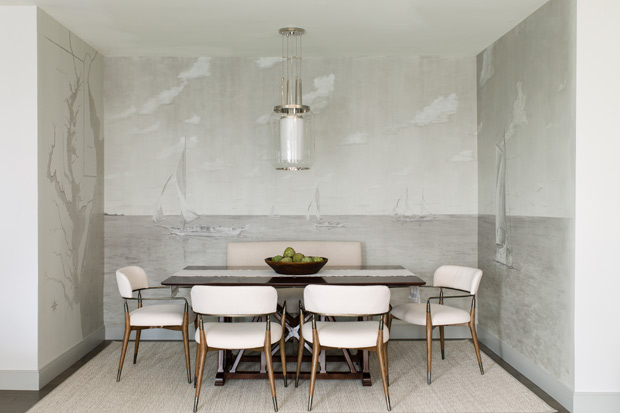
“Even small steps towards sustainability can go a long way,” says Laura. “A more minimal lifestyle can not only be more sustainable, but it can help us feel more relaxed and calm to have fewer material goods. I am always editing our design projects to bring in only what will be either useful or beautiful (hopefully both).”
This pared-back approach to design is evident in this dining room, where the furniture was handmade with wood from well-managed, renewable forests. The pendant light has energy-efficient LED bulbs and is part of a smart home system that controls the lighting and HVAC to minimize energy waste.
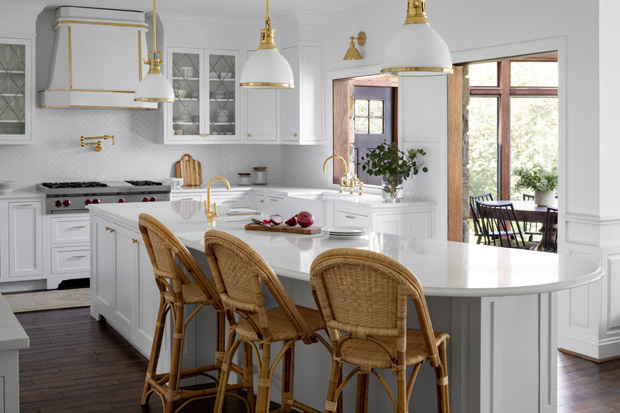
This bright and airy kitchen proves just how chic sustainable design can be. The cabinets are made with low-VOC plywood-backed cabinets, while the Silestone countertops are Greenguard certified for better indoor air quality, and they recycle up to 98 percent of water in the production process. Plus, all of the appliances are Energy Star rated.
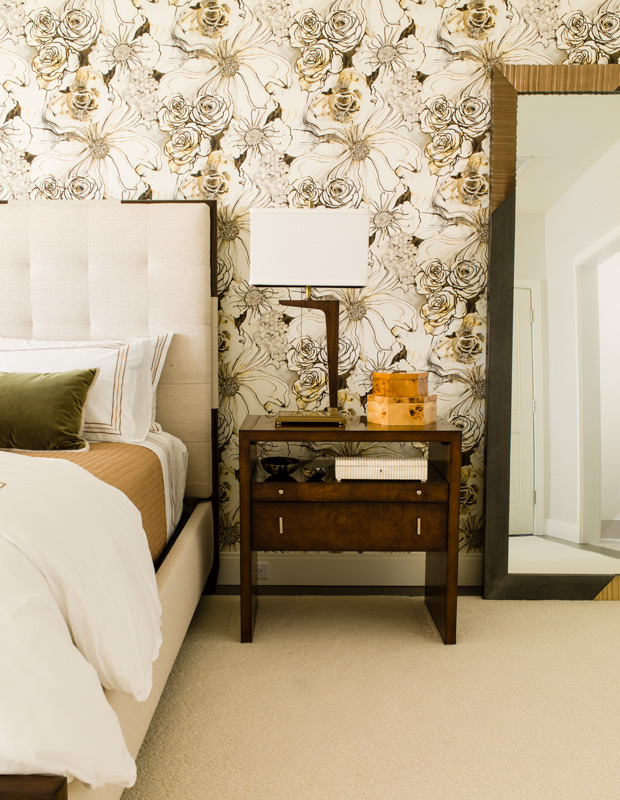
In this bedroom, the nightstand and bed are made by furniture companies that are both part of the Sustainable Furnishings Council, a non-profit coalition that promotes sustainable practices in the design industry. The organic cotton bedding was hand-embroidered in France by a fair trade company, and the wallpaper was printed with water-based inks on non-woven paper, sourced from well-managed renewable forests and recycled resources. “If given the choice, I think more homeowners and designers would choose more sustainable items, but a lack of variety, higher cost and limited availability can be a barrier,” says Laura. “I’d love to see more companies taking steps to make their design processes more sustainable.”
Laura Hodges Studio

